Elkonin Boxes For Reading Intervention + Freebies!
This post may contain affiliate links, and I will earn a commission if you purchase through these links. Please read the disclosure policy for more details.
After years of working with dyslexic kids, I have several reading strategies for struggling readers that I always turn to because of their success. The best strategies are all multi-sensory because those are the most effective for all struggling readers, especially those with dyslexia.
Elkonin boxes are an effective multisensory strategy that builds and strengthens phonological awareness. It’s my favorite reading strategy to help struggling readers with segmenting and blending, one of the best dyslexia interventions for phonics and decoding that all students can use.
What are Elkonin boxes?
Elkonin boxes are sound boxes that are used to segment words into individual sounds.
Each box represents one sound, and as students go from one box to the next, they place something in the box to represent that sound in the word.
There is actually a bit of research that supports the use of Elkonin boxes:
- Blachman, B. A., Ball, E. W., Black, R., & Tangel, D. M. (2000). Road to the code: A phonological awareness program for young children. Baltimore: Brookes.
- Clay, M. (1993). Reading Recovery: A Guidebook for Teachers in Training. NH: Heinemann.
- Elkonin, D. (1971). “Development of Speech”. In A.V. Zaporozhets and D. B. Elkonin (Eds.). The Psychology of Preschool Children. Cambridge, MA: M.I.T. Press.
- Ellis, E. (1997). How Now Brown Cow: Phoneme Awareness Activities.
- National Institute of Child Health and Human Development. (2000). Report of the National Reading Panel. Teaching children to read: An evidence-based assessment of the scientific research literature on reading and its implications for reading instruction (NIH Publication No. 00-4769). Washington, DC: U.S. Government Printing Office.
Reading Intervention with Elkonin Boxes
Blending and segmenting words are two skills many of my students struggle with. Often, they can sound out each letter but are unable to blend the sounds together to say the word or they struggle to break words up into phonemes.
Elkonin boxes provide a great visual scaffold for students to blend without pausing between the letters and break words up into phonemes. It builds phonological and phonemic awareness and helps students visualize phonemes.
Students are required to break up the word into sounds instead of focusing on letters. This helps them see that many sounds are made of more than one letter.
Then they can blend these broken up sounds to form a word and work on blending skills.
I have found this strategy to be the most effective with my students and am able to remove the visual and they can still apply the strategy on their own.
Elkonin Boxes Printable
I created my own Elkonin box printable template with color aids and a blending arrow to help students blend the sounds. The colors are especially helpful for students who struggle with tracking and make inversion and omission mistakes when reading and writing.
I use this template with phonogram cards, letter tiles, or write phonograms directly on it. I put the page in a sheet protector and use the ultra fine dry erase markers on them.
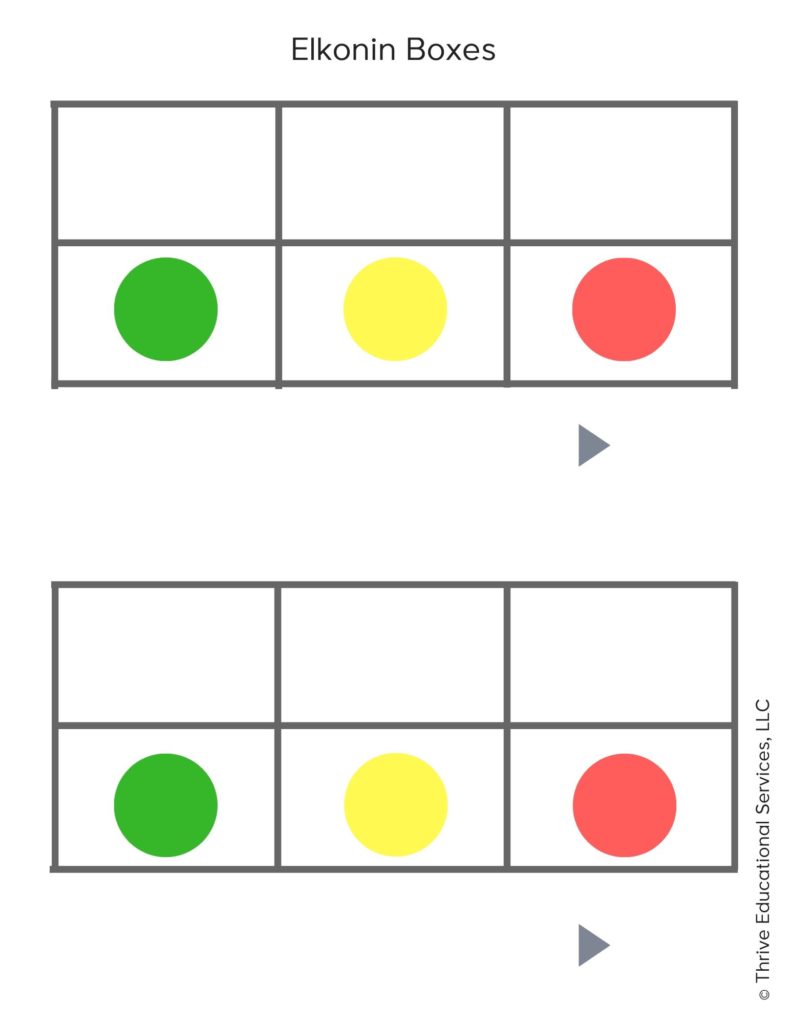
How to use Elkonin boxes
Segmenting: The student is provided a picture or listens to a word. The student repeats the word and segments the sound. It may help to ask students to stretch out the word. The student places a tile/letter in each box for each phoneme as they sound out the word. This makes a great whole class or one-on-one intervention. For example, with the word /toad/, the student would place 3 manipulatives into the boxes for the 3 sounds /t/ /o/ /d/.
Blending: Write or place phonemes in each box and ask the student to use tiles or a finger to sound out each phoneme and blend the sounds together. They can slide their finger under the boxes, starting from the left, blending each sound into the next to say the word.
I sometimes use color-coded letter tiles for this, but my favorite is using phonogram cards since they have the whole phoneme on one card. You can easily use this as an independent activity for sounding out words.
Spelling: The student listens to a word and writes the correct grapheme in each box.
Watch below some of the different ways I use Elkonin boxes with my students.
Below are the phonics cards I use with sound boxes and for many other phonics activities.
Below is my word mapping template for segmenting and blending. This template incorporates Elkonin boxes along with visual, auditory, and kinesthetic methods to improve decoding and blending.
So now you know how to use Elkonin boxes as a decoding strategy and reading intervention both in the classroom and as a reading tutor. Of all the reading strategies for decoding using Elkonin boxes is my favorite.
Grab my printable Elkonin boxes template in my freebies library.
Elkonin boxes help build phonemic awareness, which is where many struggling readers have deficits. This post is full of multisensory phonemic awareness activities.
Check out the other products in my shop for struggling learners!
If you’re looking for more tips on teaching reading to struggling learners, check out these other posts:
- Multisensory Spelling Strategy
- My Secret Tip to Improve Reading Comprehension
- Multisensory Strategies for B & D Reversals
- Systematic Synthetic Phonics for Struggling Readers
- How to Implement Multisensory Learning
- Phonemic Awareness Strategies & Activities for Struggling Readers

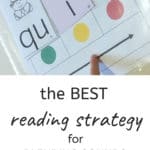
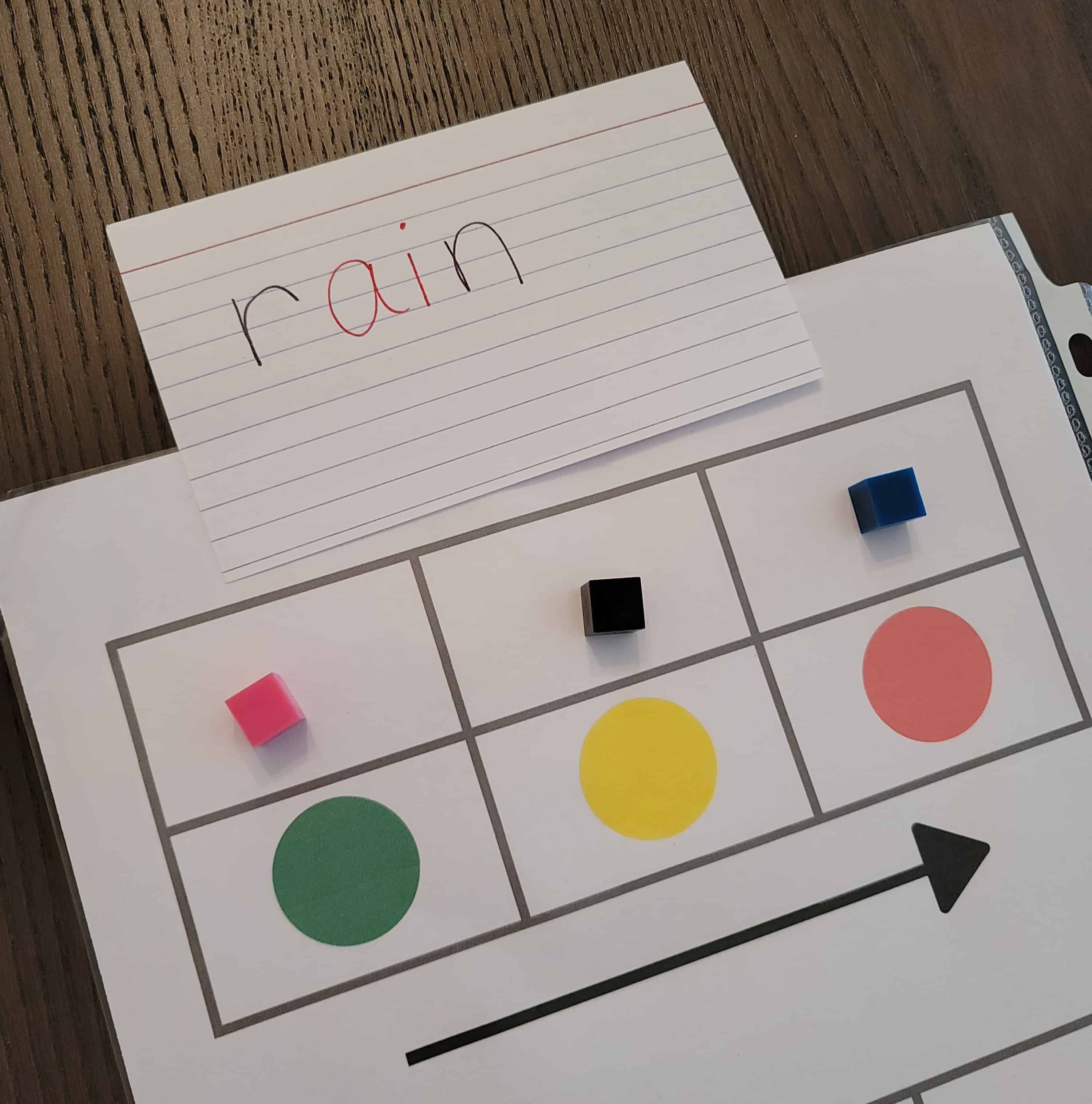
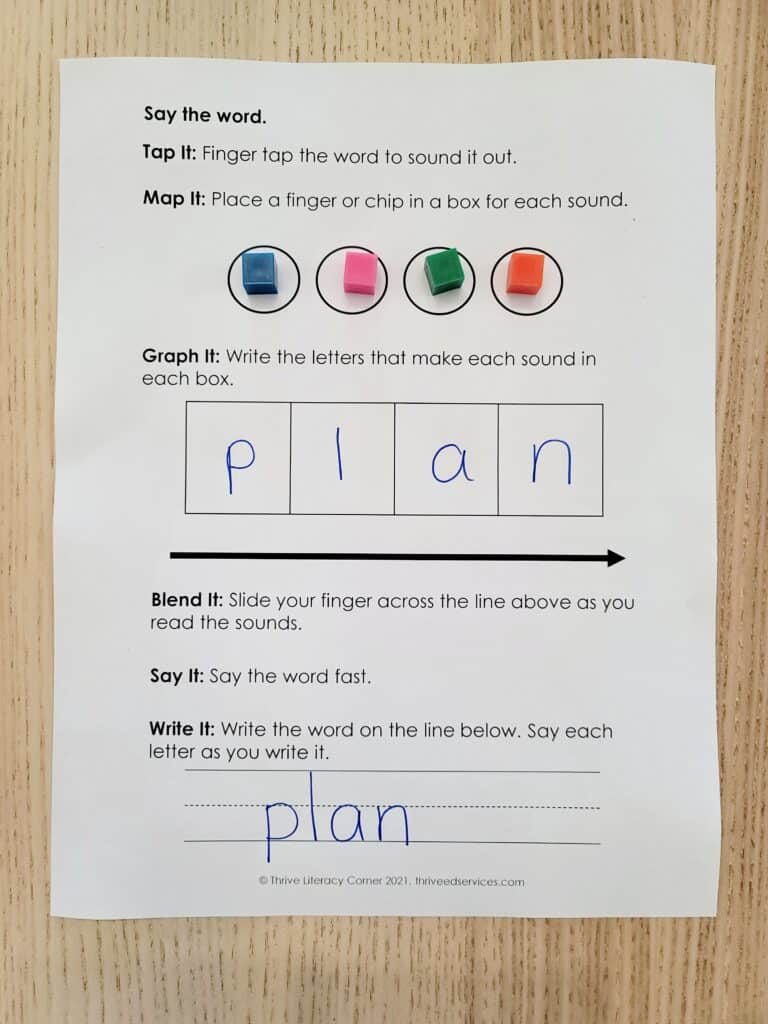
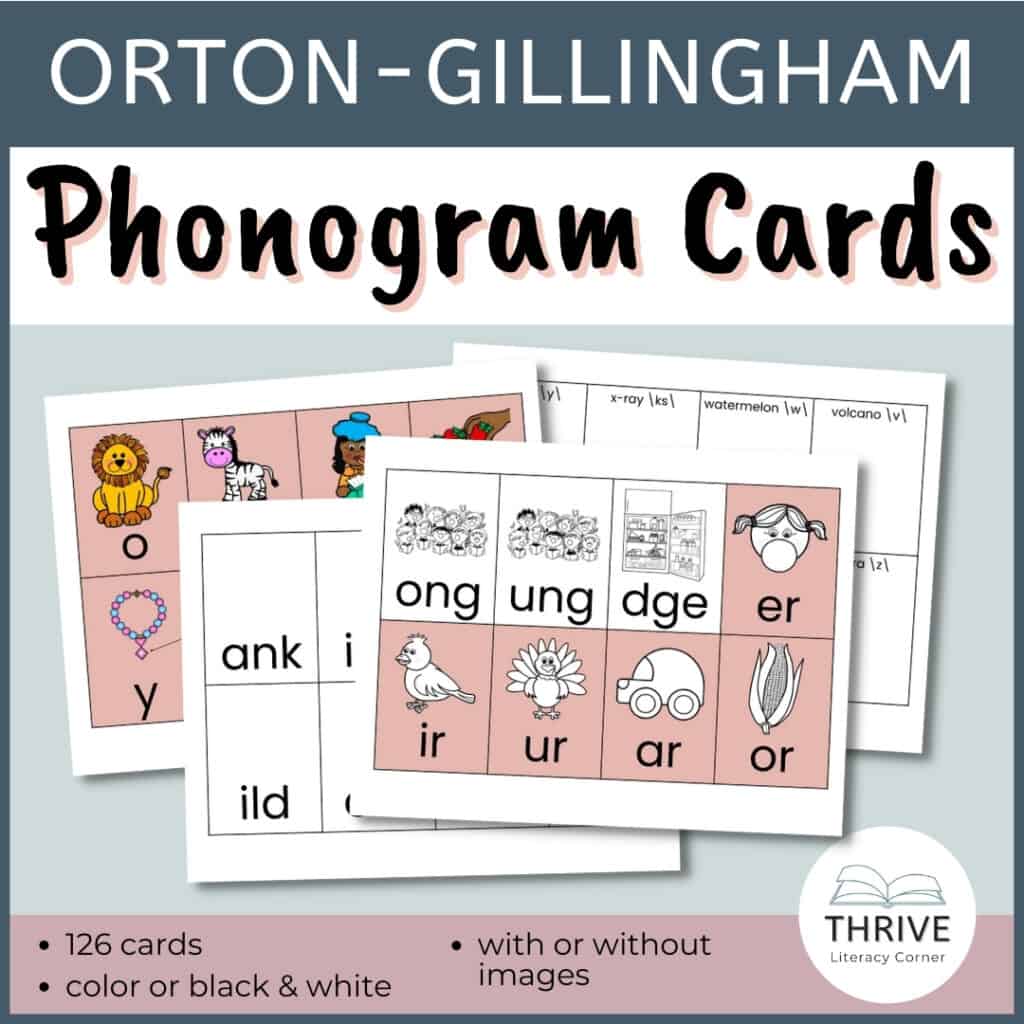
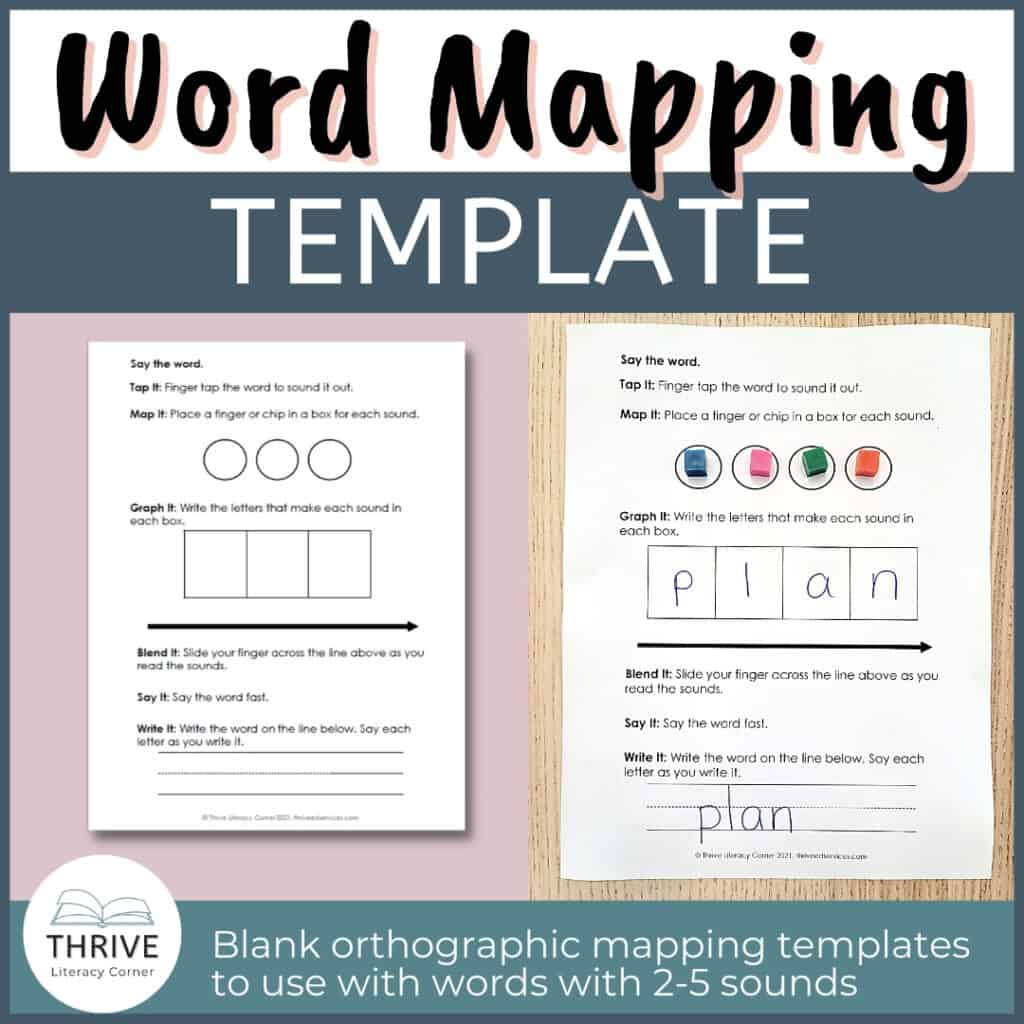
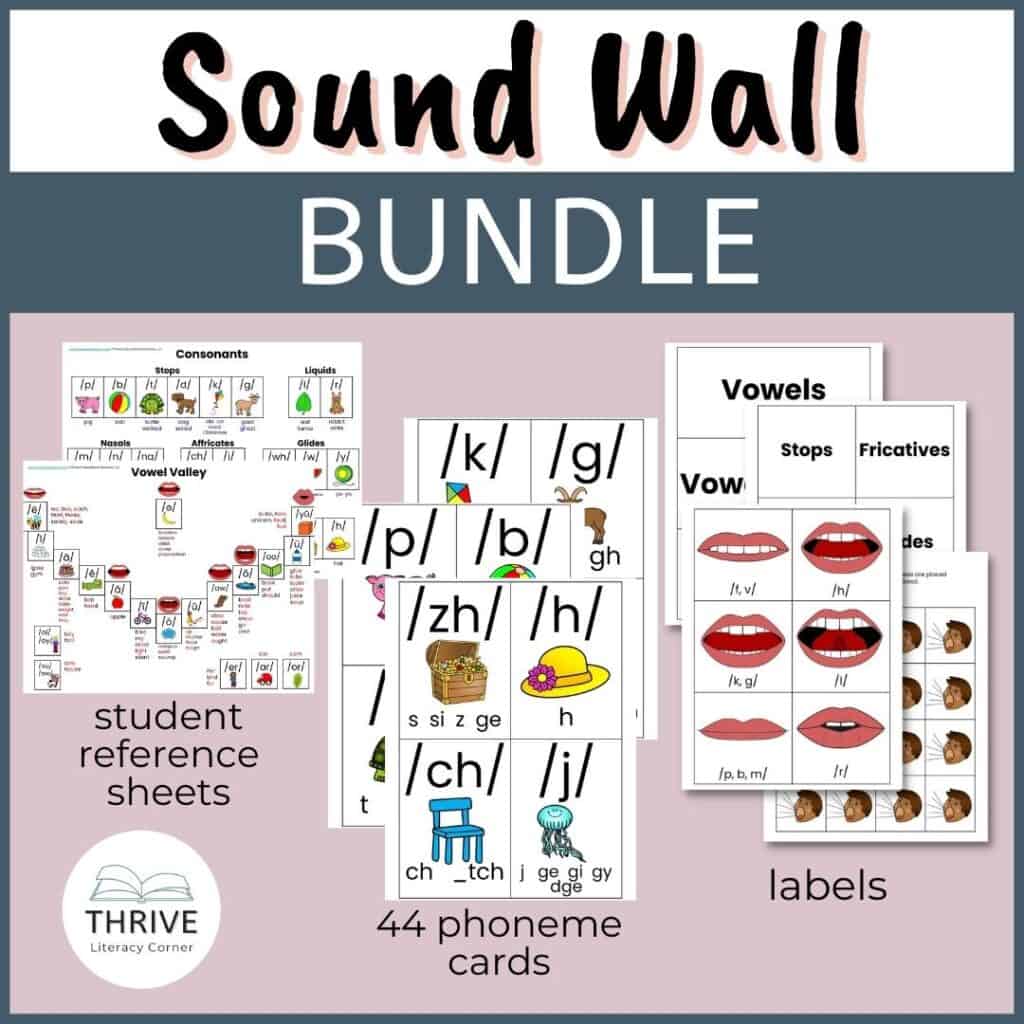
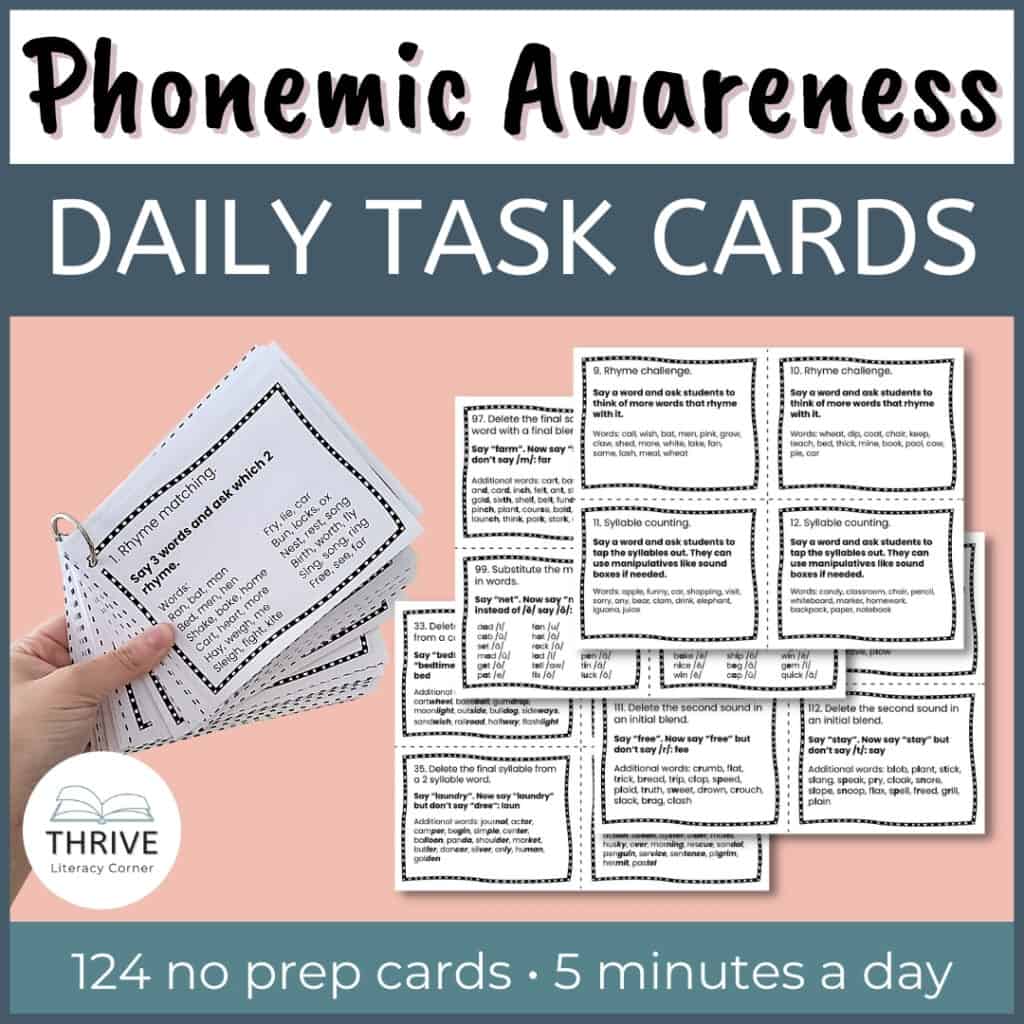
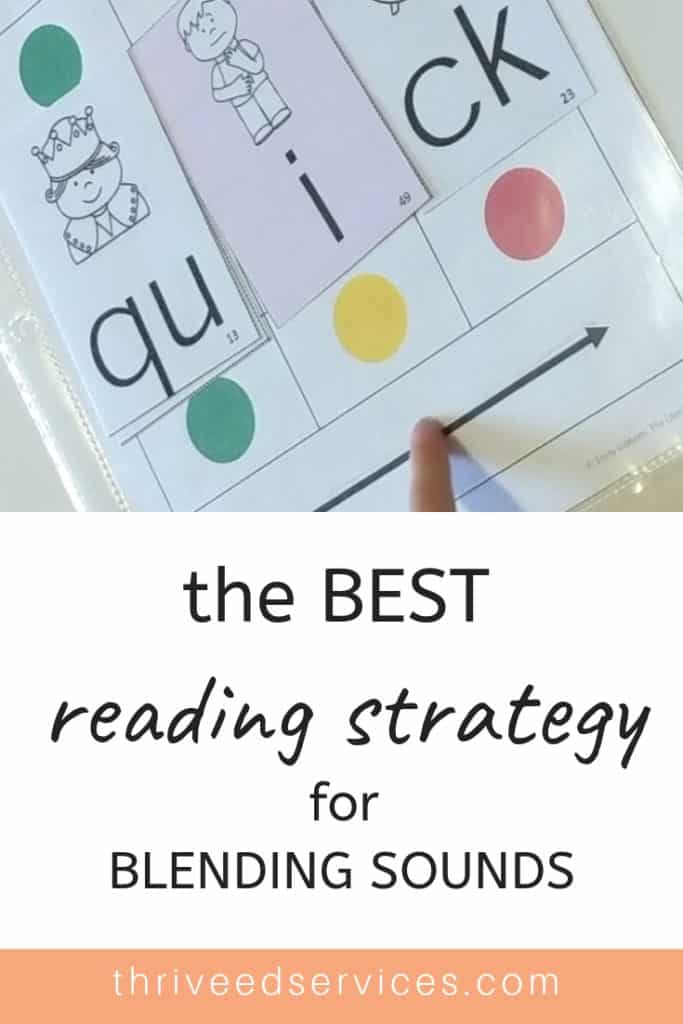

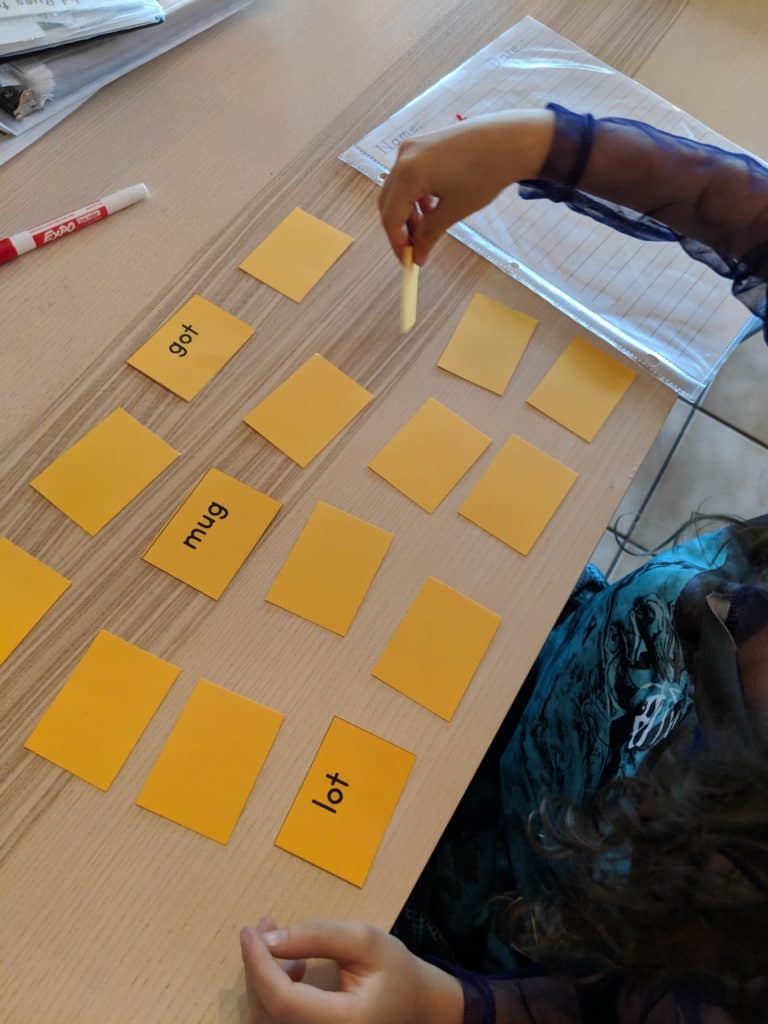
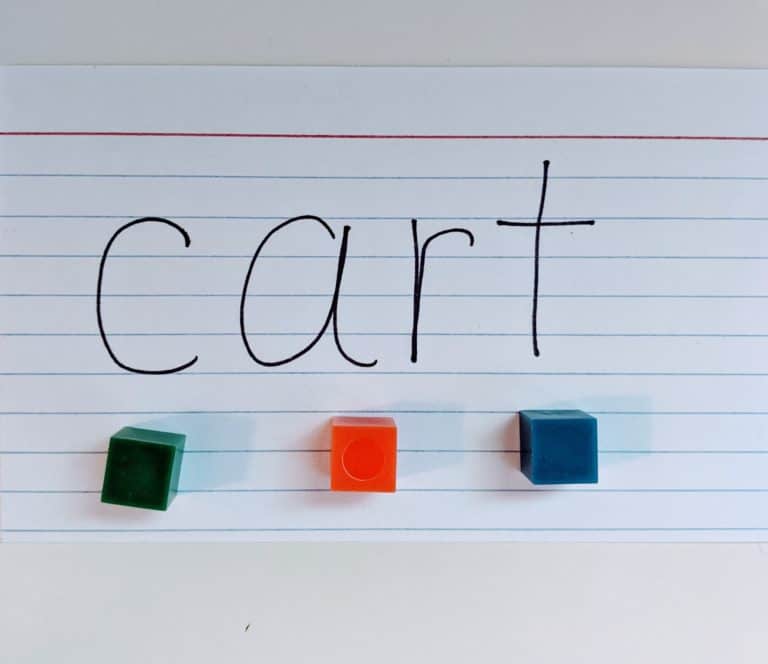
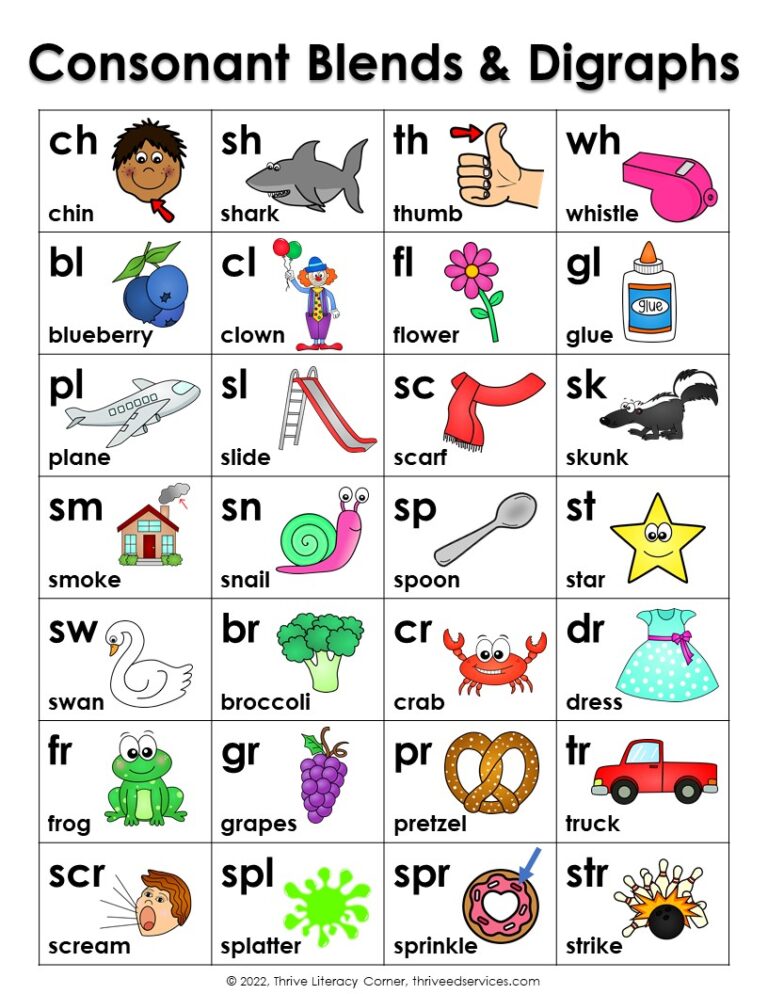
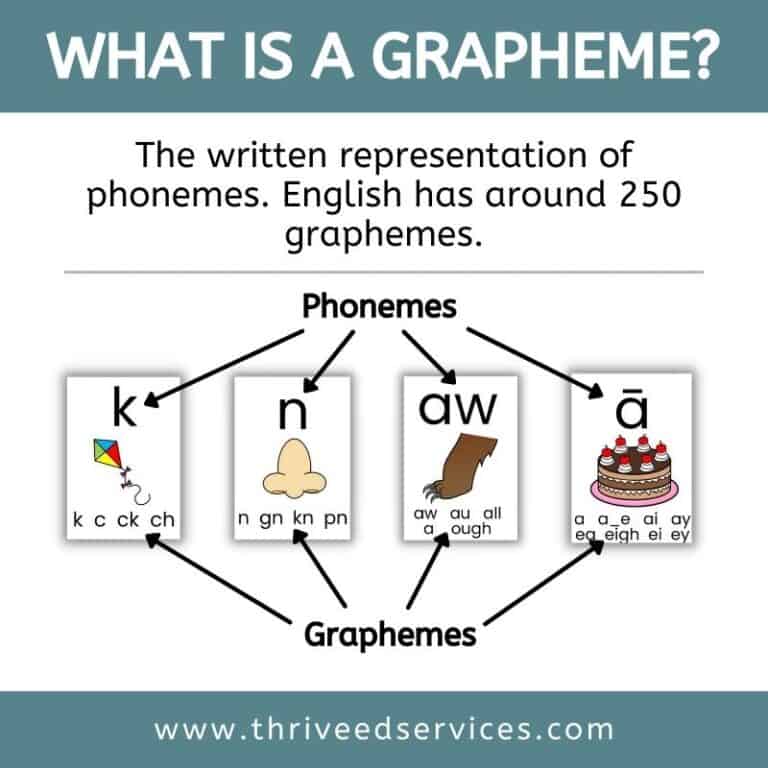
Hi! I love your cards you are using with the elkonin boxes! Is there a way to purchase these?! Such great articles and resources! Thank you so much!
Hi Kristy! I just made these https://www.teacherspayteachers.com/Product/Basic-Phonogram-Cards-for-Orton-Gillingham-and-phonics-lessons-4932016 and I plan to create another set with advanced phonograms soon.
Hello, I am loving your posts for TWO reasons. 1. I am a high school English teacher who is working with struggling readers. I teach a Reading Intervention class for 9-12th graders, quite a few of whom read at the 3rd to 5th grade level. I am finding valuable insights from your resources that I can apply to my own teaching. 2. I am the mother of a 5 year old boy who is in kindergarten and working on beginning reading. He is doing well right now, but does struggle with words like “she,” “here,” and “the.”
Anyway, I do have a question. Do you have any posts or resources for older kids who are still struggling with decoding or more complex sounds like “igh” (night), or “tion” (completion)? I’d love to see what resources or info you have at your highest level. Thank you!
Thanks Emily! So glad my resources are helpful. Right now I don’t have any content geared for older students but I plan to create some soon.